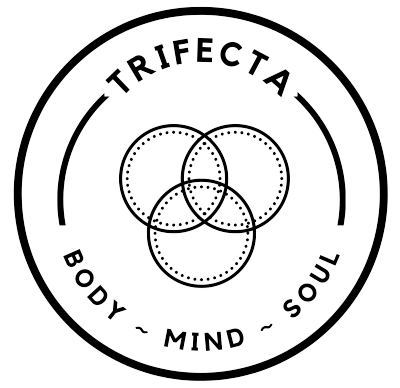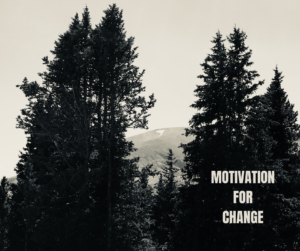I stopped smoking cigarettes over twenty years ago. I remember the day I decided to quit. I was frustrated and knew I had enough. It wasn’t like I hadn’t tried before with some success. I had many times ,with moments of relief, only to soon find myself at the store buying another pack of smokes.
The day I stopped smoking was the day I decided to ask myself who I wanted to be. I had a moment of realization, not only reflecting on how inconvenient smoking was to my life. I asked, “Do you really want to be controlled by something so small?” That was my first step. Next, I asked, “Do you really want to be a smoker?” I answered no to both questions. I have been cigarette free ever since that day. Every now and then, my old habit knocks on the door. I tell the habit, “I am not a smoker anymore.”
The very next day I decided to take up running. I needed a replacement. Running was telling. I went from barely running around the block to running a 5K to a 10K. I never ran a full marathon, but my fitness, both mentally and physically surged. While in the Navy, I scored top scores on my physical fitness test and even ran the Marine Corps physically fitness test in order to keep my Fleet Marine Force Warfare Pin active. I could never have achieved this had I remained a smoker.
I don’t run anymore. I switched to cycling. The joy and freedom of being fit started over twenty years ago when I asked a couple questions about my identity.
External vs Internal Motivation
When it comes to change, many of us are chasing carrots on stick. We are looking for the next external motivator to make us fit. External motivators can be an important element in change, but the real transformation and creativity happens when we are internally motivated.
I believe change is connected to identity and has a greater degree of success in contrast to being connected to the latest idealization attached to a fad. In other words, change is an inside job. That’s the one change needed to move us in the right direction. Instead of asking, “What will I do?” Ask, “Who do I want to be?” “What is the vision of my better self?” “Who is this person I want to become and what is getting in my way: physically, mentally, emotionally, and spiritually? “
In order for us to make this work, we need to develop a realistic picture of ourselves. Add in a mix of mantras that help challenge the negative self-talk, and work with individuals who can help you navigate some blind spots and create a powerful formula for success.
Here’s an example. Let’s imagine you want to change how you eat. Of course you can follow a diet, but maybe it is not sustainable. Instead what if you imagined yourself being a healthy person. I would say to myself, “Dwain is a healthy person!” Say it using your name…how did that sound? Everyday when you are confronted with food challenges, and you will be, catch yourself before you react, take a few breaths in and out, and correct by saying, “I am a healthy person. What would a healthy person do in this situation?” In that moment, you are being influenced by identity, not impulse.
Imagine the Potential
This approach will take time and training. Starting a new adventure can be overwhelming. Anxiety doesn’t help with its trickery. Magnification and catastrophic thinking can get it in our way and distort our progress, but we can learn to reframe. I will address that topic in a later blog.
Imagine what your healthier self would look like. Create a vision board or a statement in order to visualize it coming together for you. Do you have the image in mind?
Good! That person is waiting for you on the other side of change. Start today with one step toward that better self. We’re creating a community of people who want to live the best versions of themselves. To journey with us, join our FB Group, THRIVE beyond 45!



Follow Us